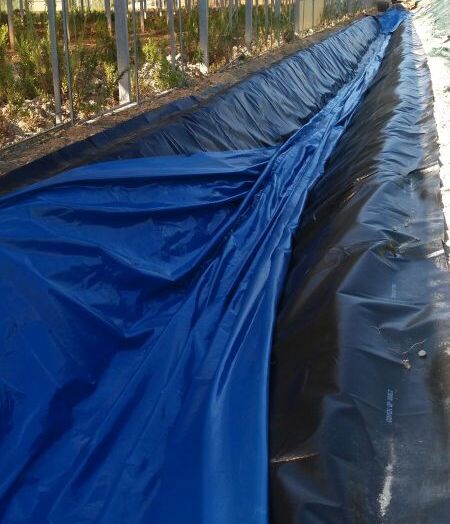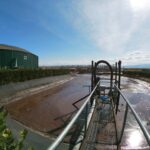In recent years, many Italian regions have introduced regulations regarding hydraulic invariance, the principle that maximum stormwater runoff flows should not be greater than those pre-existing before urbanization. This principle was introduced to protect the land and increase the safety of citizens by reducing the impact of both upstream and downstream urbanization works.
In particular, hydraulic invariance requires pursuing the quantitative reduction of runoff and the rebalancing of the hydrogeological and hydraulic regime through the separation and local management of stormwater upstream of receptors. All of this, in addition to mitigating hydraulic risk, also helps reduce the pollutant impact on receiving water bodies.
What are hydraulic and hydrological invariance?
Hydraulic and hydrological invariance are principles that aim to maintain the same flow levels and volumes of water runoff in areas that have undergone land use changes, especially in urban areas.
The principle of hydraulic invariance states that maximum stormwater runoff discharged from urbanized soils should be no greater than those existing before urbanization.
The principle of hydrological invariance, on the other hand,states that the volumes of meteoric runoff must not be greater than pre-existing volumes. These principles are essential to avoid problems such as the overflowing of the final receptors, i.e., rivers, streams and creeks, which would no longer be able to properly drain water, creating problems of flooding and impairment of the hydraulic regime.
For this reason, legislation requires that hydraulic and hydrological invariance be pursued in land use transformations in urban areas, such as in cases of new construction, paving of outdoor spaces, parking lots, renovations and adjustments of road infrastructure etc.
How these projects are implemented
Implementing projects that take into account the hydraulic and hydrological invariance of land use changes and local stormwater management involves several steps and interventions. First, it is necessary to assess the watershed and its hydrological, hydraulic, and geomorphological characteristics. Then, the design of a stormwater collection and disposal system is carried out, including the separation of polluting and non-polluting waters and their local management through the use of infiltration, evaporation or conveyance systems to storage basins.
Specifically, for the construction of rainwater storage basins, such as those waterproofed with Geomembrane Cover Up, an excavation of the ground to the depth required to create the basin is carried out. Next, a layer of geotextile is applied to the bottom and sides of the basin to prevent contact between the geomembrane and the soil and to protect the geomembrane from damage. Finally, the geomembrane, which must be of high quality and puncture-resistant, is laid and welded to ensure its tightness.
In general, the realization of hydraulic and hydrological invariance requires collaboration among various professionals, such as engineers, geologists, plumbers, and technical specialists, and knowledge of the most innovative regulations and techniques for stormwater management.
The Support of Geomembranes Cover Up
Specifically, the use of Geomembrane Cover Up proves to be an effective solution for waterproofing rainwater catchment areas. This is because the reduction in the permeable surface area of the soil, caused by urbanization, results in a reduction in the amount of water absorbed by the soil itself, which can lead to the overflow of end receptors. The use of geomembranes helps prevent these phenomena and preserve hydraulic invariance.
Cover Up Geomembranes are waterproof membranes made of plastic material that are applied to the surface of the catchment. These membranes are highly resistant and durable, and ensure a perfect seal of water within the basin.
Hydraulic invariance is a fundamental principle of land protection and public safety. To pursue it, specific measures such as local stormwater separation and management and the use of Geomembranes Cover Up to waterproof rainwater catchment basins are necessary. Contact us to learn more.





